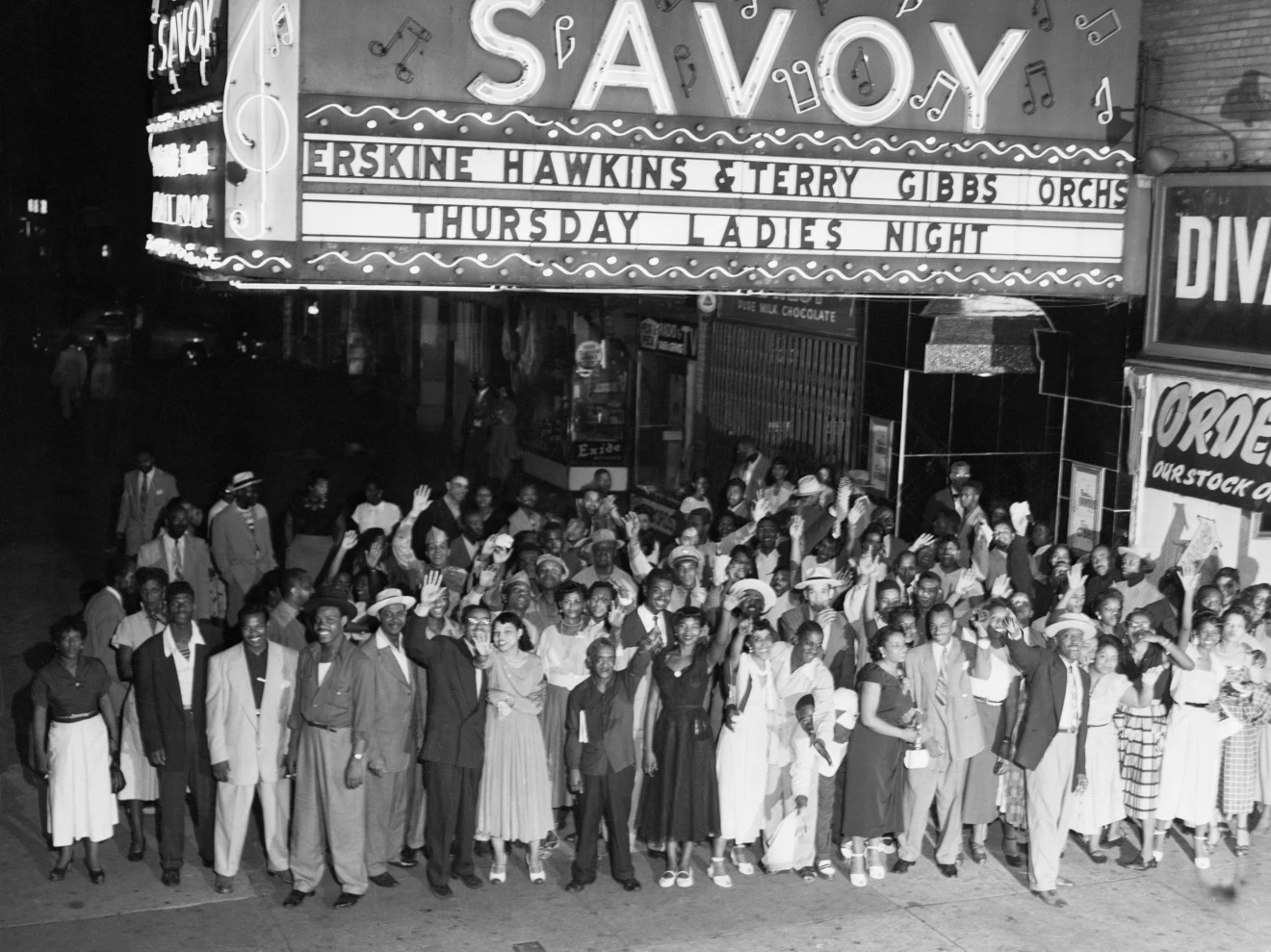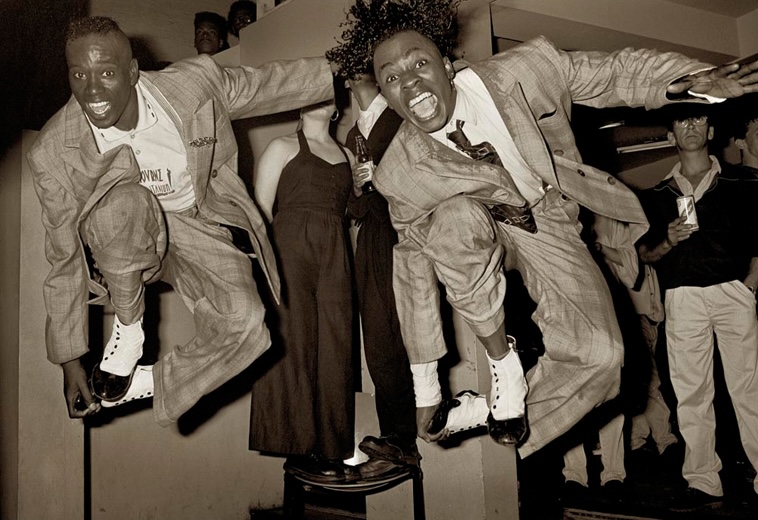Lindy Hop
Lindy Hop is danced to swing music, so you will often hear it called swing dancing. Lindy Hop originated from the Black community in Harlem in New York City during the so-called jazz era of the 1920s.
As jazz music evolved from ragtime, to hot jazz and to swing, the dance evolved with it, bringing influences from West African dance, tap, charleston and breakaway.
Lindy Hop, like any other form of Black art and culture, embodies resistance, resilience, vitality and joy. The energy and the joy of swing music and dance has attracted people from all over the world. Like the music, the dance relies on rhythm, improvisation, dialogue of co-operation? and self expression.
A little bit of historic context is important here, though the space is limited.* After WWI Harlem (NYC) became the epicentre of the Harlem Renaissance, an artistic period when Black American culture flourished; literature, theatre, music, art, dance, fashion and journalism thrived. New Black American consciousness, claiming humanity, pride and dignity, resistance against discrimination and racial oppression, found new heights during this era.

In this climate nightlife blossomed all over Harlem, which was full of theatres, cabarets, cafés, ballrooms, and nightclubs. Soon rich and white patrons from Manhattan and even from abroad found their way uptown to Harlem to be entertained.
One of most special places was the Savoy Ballroom, as it was one of the first integrated places where everyone was welcome to dance. This was unique as segregation was still a harsh daily reality. The Savoy was the hotspot for the best dance orchestras and the best Lindy Hoppers.

During the 1930s and 1940s swing music and swing dancing swept the USA thanks to radio shows, movies and travelling orchestras and dancers. Other partner dances evolved in several urban communities all over the USA, like Balboa, Collegiate Shag and St. Louis Shag.
But it didn’t stop there. Black music and dance evolved in other styles and we can still find the spirit of Lindy Hop in Black dances like Chicago Stepping, DC Hand Dance or Detroit Ballroom. We can see traces of tap and solo jazz styles in Hip-hop, UK jazz dance, Waacking or House dance. The jazz continues.
*We recommend you to have a look into the Roffaswing Library, a community project where dancers share their books on dance, music, history and literature.